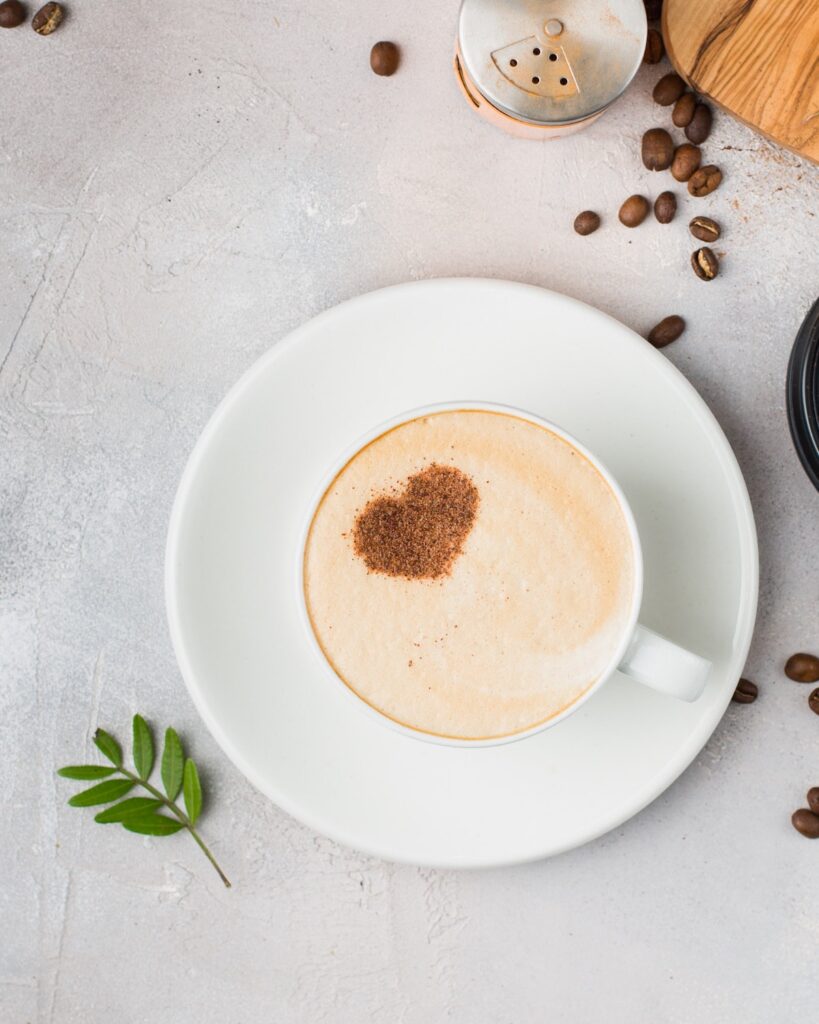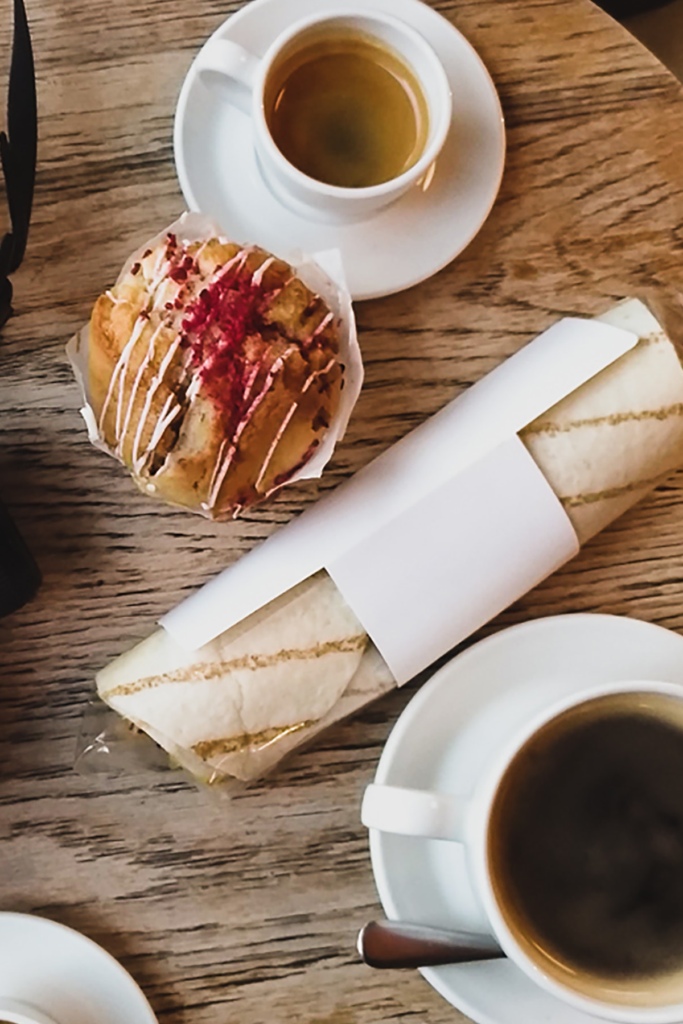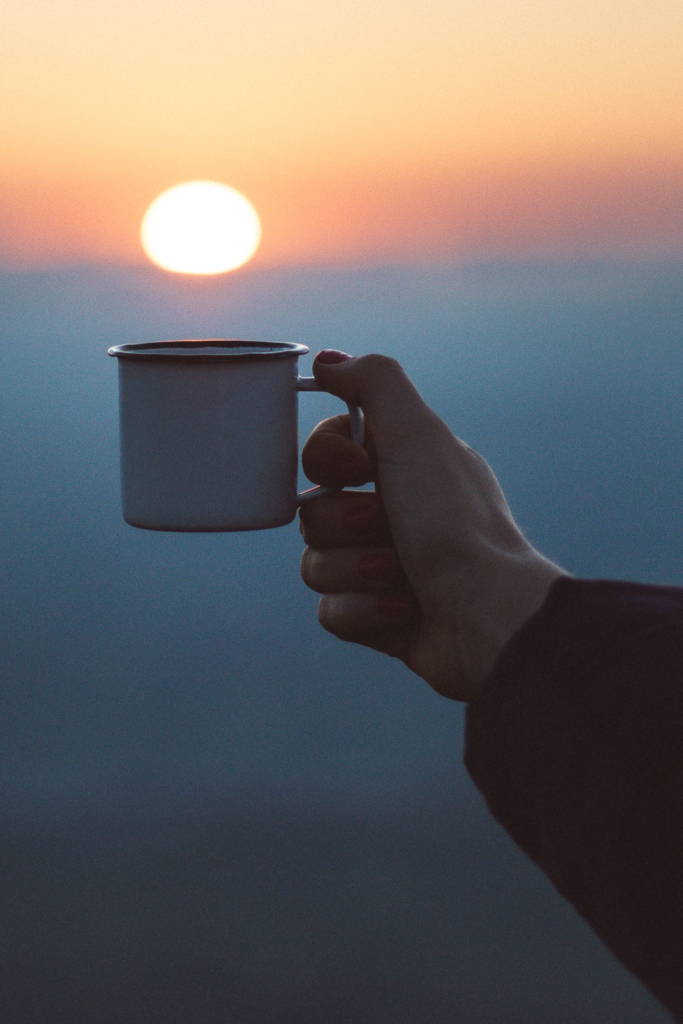Making a great cup of coffee every time is all about consistency. When you find a combination of coffee beans, roasting, and flavor that you like, all that’s left is following a recipe – your recipe.

But if you’ve found yourself stuck trying to figure out how much coffee per cup to use, well you are not alone in this. When creating the perfect cup of coffee, there are many things you should consider, such as the type of water. In fact, the type of water is such an important part of making a perfect cup of coffee that we highly encourage you to find the best water for your coffee.
There are other factors that come into play besides water, like deciding to grind your own coffee or buying pre-ground coffee.
Your coffee’s taste, acidity, and aroma are all affected by the processes it goes through, from harvesting to packaging, and all the way to your coffee maker; every step affects the coffee profile for better or worse.
The compounds that make up your coffee beans play a very important role, and they are affected by every element surrounding it. That’s why today we are solving the question a lot of us have that keeps us wondering how many ounces in a cup of coffee.
In this article, we will be talking about this and other questions you may have related to the subject. So if you’re ready to figure out how much coffee per cup, keep reading!
Let’s get started!
Why are sizes so different around the world?
If you’ve wondered why sizing standards are not so standard after all, that’s because it depends on several aspects, one of them being your geographical location. Yes, it’s true!
Let us explain it further:

Cups are not an internationally recognized standard of measurement, so making a consistent cup of coffee across the world can be trickier than expected. For example, in the metric system, the cup size is 250 milliliters – which is about 8.45 fluid ounces – but the standard cup in the United States is 8 fluid ounces. However, the nutritional cup is actually 8.13 ounces.
Things get more complicated as we move to other countries: In Japan, a cup is about 200 milliliters, and so on in different parts of the world.
Now for the million-dollar-question: What is the right measurement? How many fluid ounces is my morning coffee supposed to be? How can I make it taste just right? Well, let’s figure it out.
Actually… we already did the research for you!
How to make the right cup of coffee
More isn’t always better, and this includes coffee too. Most people would think that adding more coffee beans will make a “better” or stronger cup of coffee, regardless of the cup size, but that’s simply not how coffee works. The type of coffee bean, its origin, the roasting, and the brewing method play a bigger role than the number of coffee beans.

The trick is not to pay that much attention to the standard measuring cups, because as we saw, it will just complicate things for us. Instead, we must pay attention to the scale and the ideal coffee-to-water ratio.
If you are in a hurry and just want an easy answer that you can follow right now, the general rule of thumb for brewing the perfect cup of coffee is to use 1-2 tablespoons for every 6 ounces of water.
Now if what you want is to learn how to work with this information to further modify your own recipe, read this:
One of the most important steps is to develop the habit of accurate measurement. We highly recommend getting a small kitchen scale that will allow you to precisely measure water, beans, and coffee grounds.
For the tastiest coffee extraction, there is a “perfect” coffee to water ratio that never fails, especially if you’re still getting the hang of coffee brewing: 1:16 parts coffee to water. This can be grams or volume, but we recommend grams. So per 1 gram of coffee, add 16 grams of water; 22 grams of coffee to 352 grams of water, and so on.
Adding any more coffee than that is just wasting coffee since you can only extract so much caffeine before you over-extract flavors. Of course, there are other factors, like grind size, brew time, and water temperature, but the coffee to water ratio is probably the most important one.
Perfect for you
At the end of the day, it depends entirely on your preferences. We offered a couple of solutions that are guaranteed to make everyone happy but if you feel like you need stronger coffee or less fluidity, feel free to make any necessary changes to make YOU happy. It is YOUR cup of coffee, whatever size that is, after all! Just have fun with it.
We hope this article was useful to you! Let us know in the comments if you tried our ideas and how they turned out.
